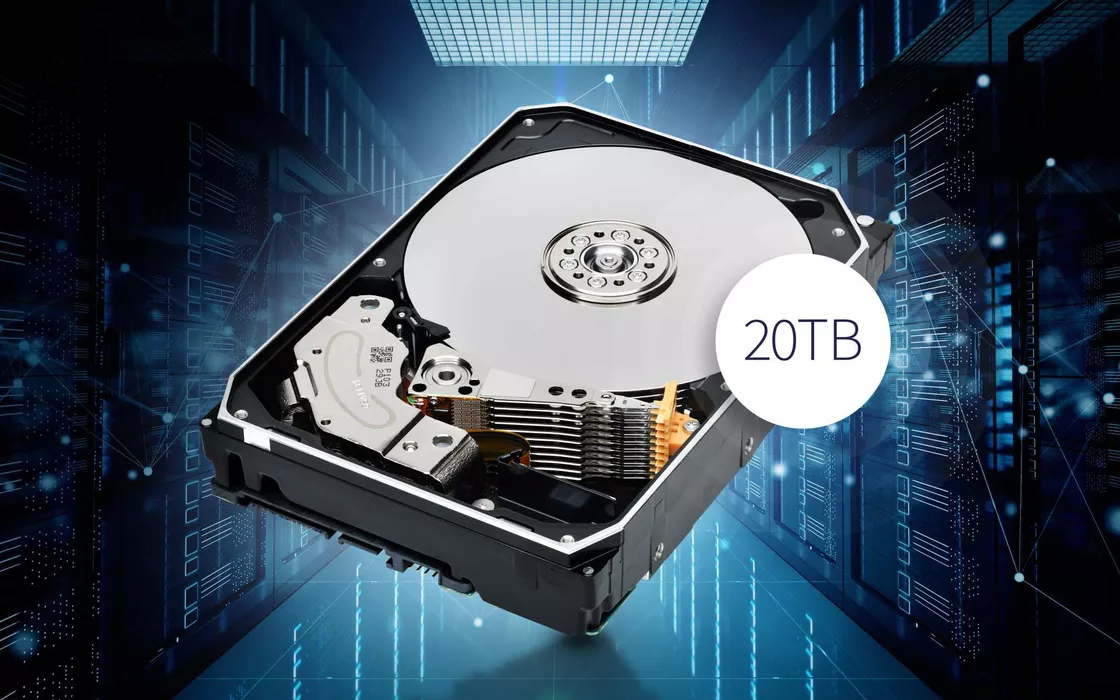Rainer Kaese, manager responsible for the development of the brand’s hard drives Toshiba, is convinced that magnetomechanical hard disks can still live a long time. Expressing an opinion diametrically opposed to that recently advanced by some analysts, Kaese is convinced that hard drives will still play a prominent role and are by no means destined to disappear.
Indeed, Kaese explained that, in the long term, hard drives will continue to be a lot more convenient compared to SSD and data center engineers will develop more efficient drives to meet more stringent power requirements. Air units require approximately 10W of energy for their operation; those to elio they drop to just 7-8 W.
For Toshiba, the lower cost of hard drives remains an undeniable advantage over SSDs
For the Toshiba representative, specifically, the hard disk I am 7 times cheaper compared to solid state drives. This is a competitive advantage that is the lifeblood of hard drives, which could reach capacities of 40 or even 50 Terabyte without even remotely approaching the cost per gigabyte of flash storage.
The first wave of hard drives used in data centers to deliver services cloud took place six or seven years ago, and those components are now reaching the end of their life cycle. Kaese notes that hard drives are made of materials such as aluminum and copper, making them much easier to recycle than other components and materials (circuits, chips, plastic). “We expect hard drives to become an integral part of the circular economy based on services such as recycling and reuse.”
Second Pure Storagetraditional hard drives will instead have a short life: destined to be put aside by 2028
Toshiba’s statements are antithetical to, for example, Shawn Rosemarin’s predictions Pure Storage which predicts theextinction of hard drives by 2028. Rosemarin’s hypotheses are mainly based on the energy consumptionwith rising electricity costs as the main expected cause for the shelving of these historic data storage devices.
It must be said that the cost of SSDs is today very far from the “multiplier 7” cited by Kaese: most SSD prices today are approximately three or four times that of hard disks, taking the gigabyte as a reference. It is certainly plausible that some enterprise-class SSDs cost seven times as much as hard drives, but these are very specific cases.
Kaese’s optimism in the development of hard drives, however, is more than justified and justifiable. The technology that drives the operation of hard disks has improved drastically since the first examples of SSDs appeared on the market (in another article we saw the main differences between hard disks and SSDs). Seagate’s latest HAMR technology allows you to store 22TB capacities in a single 3.5-inch hard drive; in May 2023 we tested the Toshiba MG10 helium hard disk with 10 platters and FC-MAMR technology.
To learn more, you can read up on the differences between CMR, SMR, MAMR, HAMR and HDMR in the case of modern hard disks.
Opening image credit: Toshiba.

